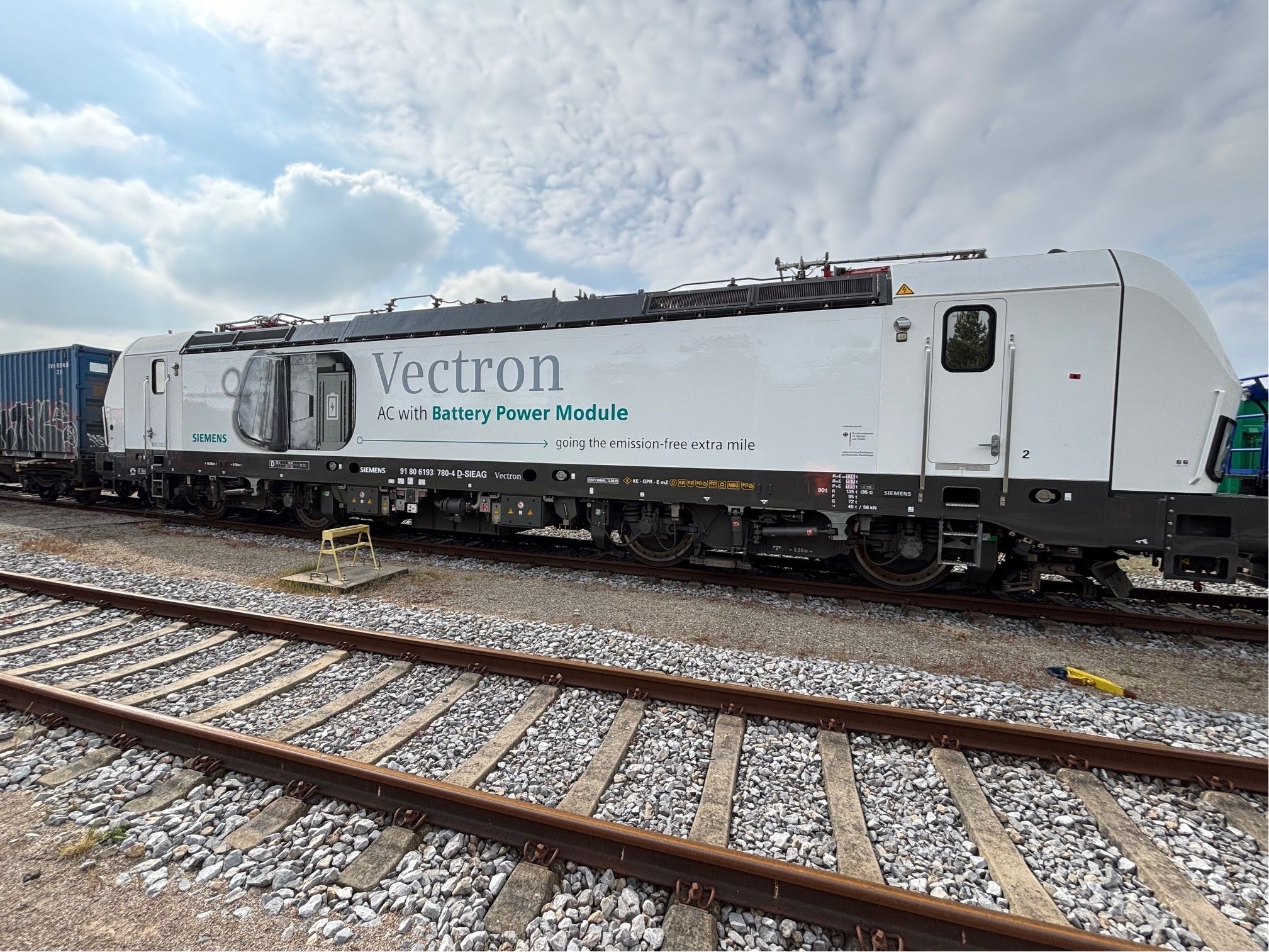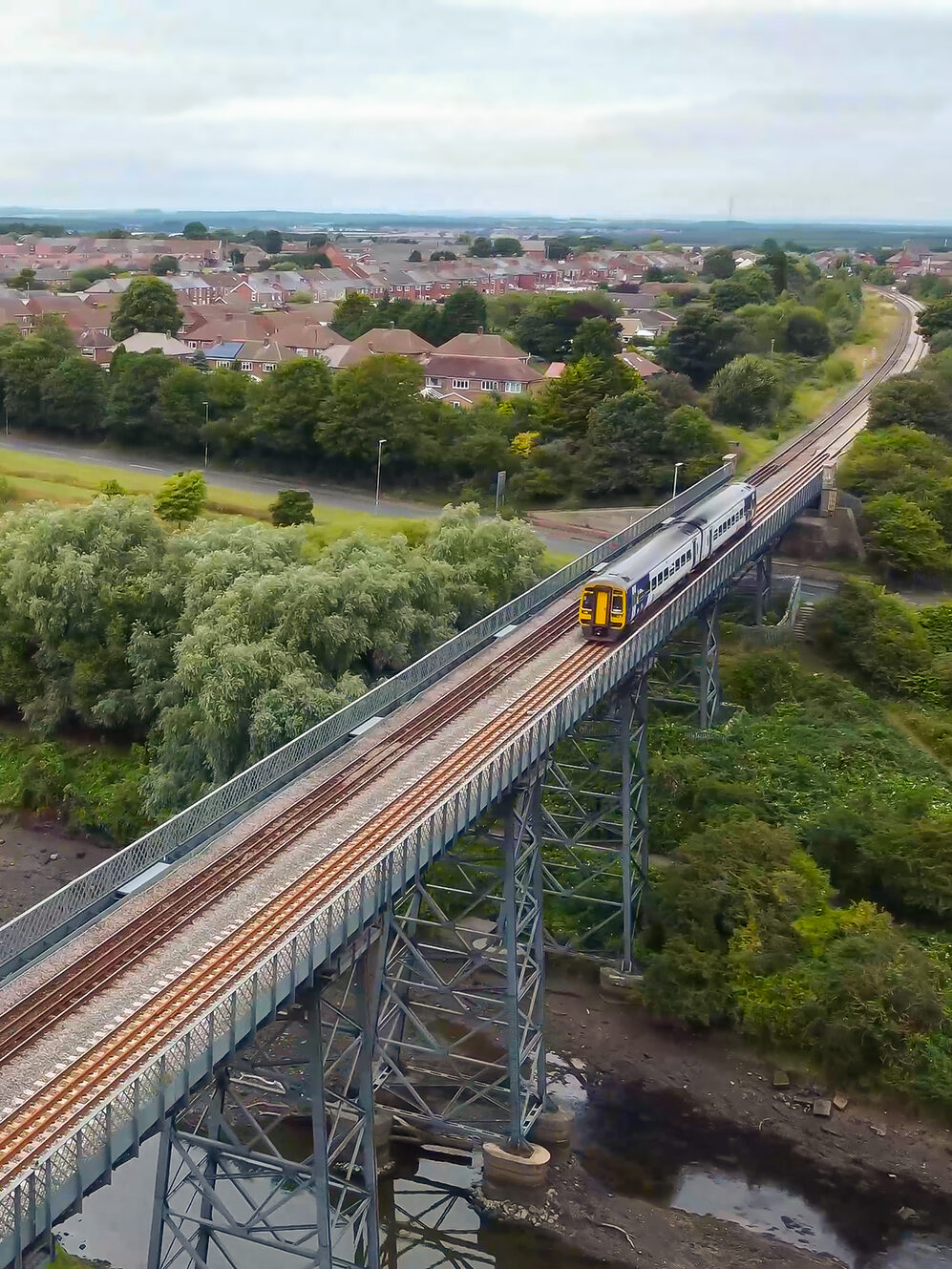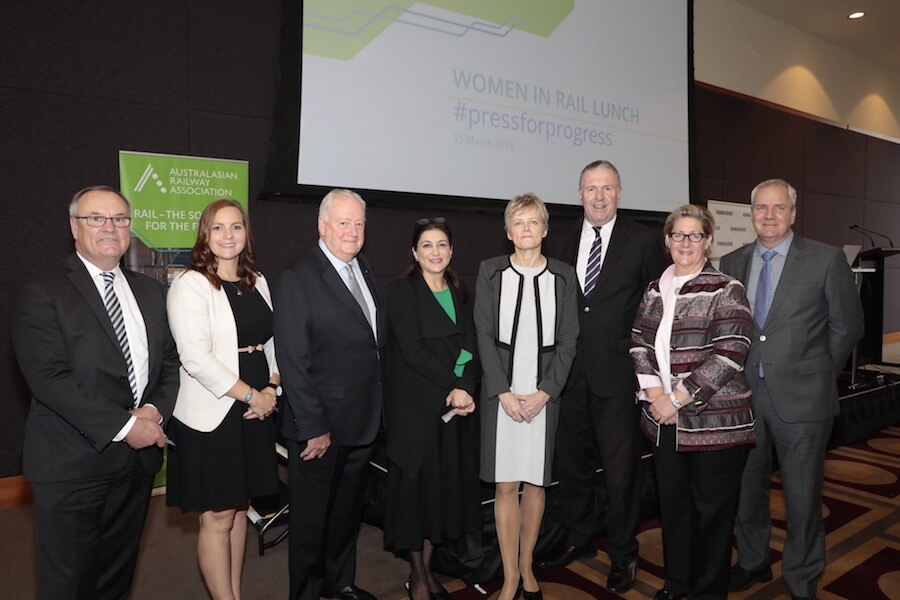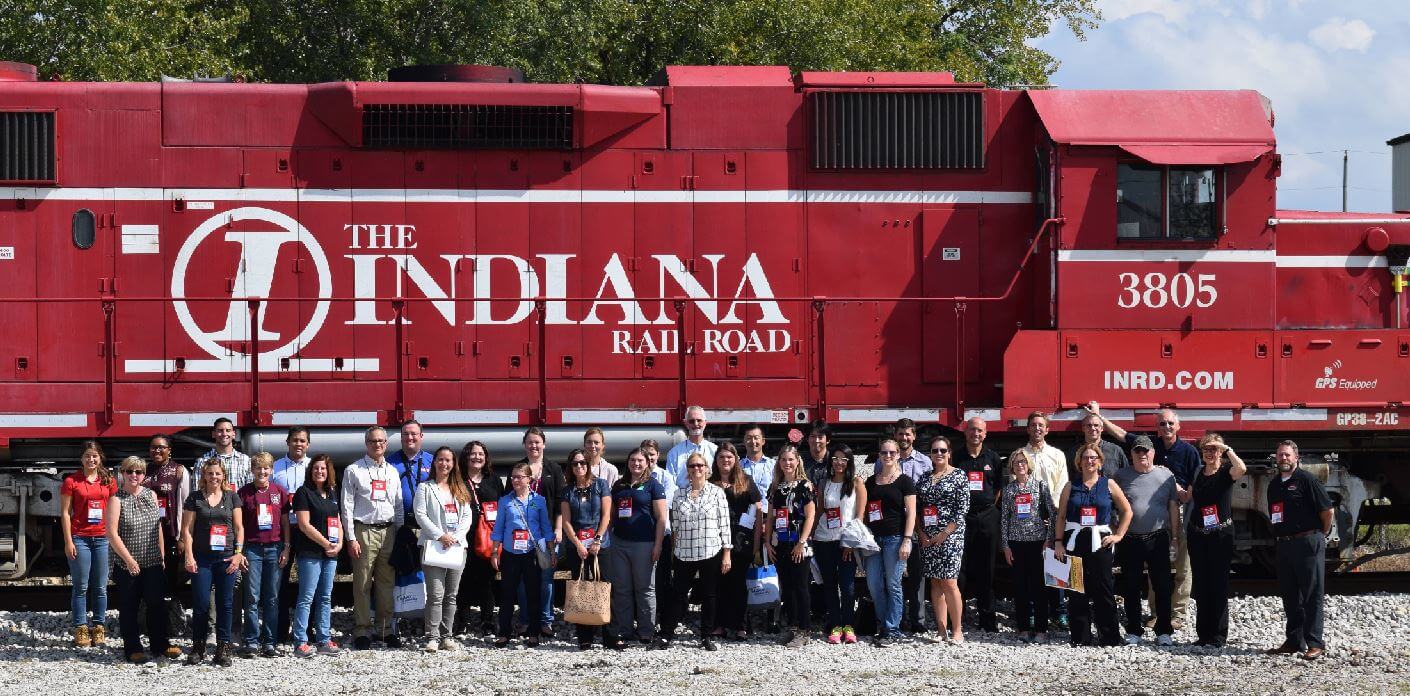It’s International Women’s Day 2019 or, as some on social media now sarcastically call it “When is it International Men’s Day day?”. And for the majority of you reading – if you’re in the rail industry – that day is 19 November. Though again, social media’s more sarcastic response to that question is “every other day”.
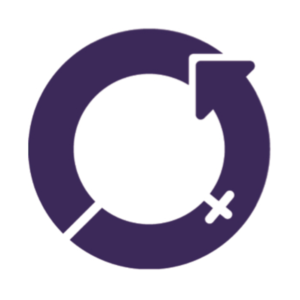 I would, however, like to point out that they are more linked than we might think. We make decisions in our lives based on the society we live in. You might be in a relationship where you care about equality. Then you have a child and you discuss who should stay at home. You make that decision based on rational calculation. You – the man – earn more. Going from two incomes down to one is already a stretch, therefore you should keep working. Of course, the reason she earns less – and by taking this time off reduces her future earning capacity even further – is because the gender pay gap – a measure that shows the difference between the average earnings of men and women – exists.
I would, however, like to point out that they are more linked than we might think. We make decisions in our lives based on the society we live in. You might be in a relationship where you care about equality. Then you have a child and you discuss who should stay at home. You make that decision based on rational calculation. You – the man – earn more. Going from two incomes down to one is already a stretch, therefore you should keep working. Of course, the reason she earns less – and by taking this time off reduces her future earning capacity even further – is because the gender pay gap – a measure that shows the difference between the average earnings of men and women – exists.
It is beyond the scope of this article to go into the complex causes of the gender pay gap. What I do want to point out is that one big reason suicide rates are much higher among men is because of the pressure they face to provide. We still live in a world where we either consciously or unconsciously classify things as either ‘male’ or ‘female’. This keeps women back professionally and keeps them financially dependent and does nothing to contribute to the mental health of men. It’s a lose-lose for everyone.
So if we return to that original glib question, I urge everyone in the rail industry – by which I mean largely men – to think of today not just something for this other group, women, but also as a day for you. A day where we focus on shifting the world to a place where you don’t have the pressures of being the provider, where you can get inspiration of things women do well and incorporate them into your own arsenal of tools – why not use today to find a friend and ask how he’s doing? Engage in a meaningful conversation about feelings and wellbeing?
Some Data: Women in Rail: Industry Survey
These issues are pressing in the rail industry. 87% of people employed by public sector bodies in the UK are men (i.e. Network Rail, ORR, DfT). Across the industry as a whole it’s 84% male. In addition, the absolute vast majority of the women in the rail industry are in junior positions, i.e. lower-paying ones. For example, only 0.6% of women in the rail industry are working at director or executive level.
The figures get even more stark when it comes to suppliers. In this case, 95% of workers are male.
However, it’s not just for the personal wellbeing of men and the financial wellbeing of women. It’s not just because it’s the ‘right’ thing to do that we should address attracting women into the rail industry and promoting them equally to high-level positions. It makes economic sense for businesses too: the 2011 Women on Boards report states that teams and boards that include women tend to make better decisions (For all these statistics, see the Women in Rail: Industry survey).
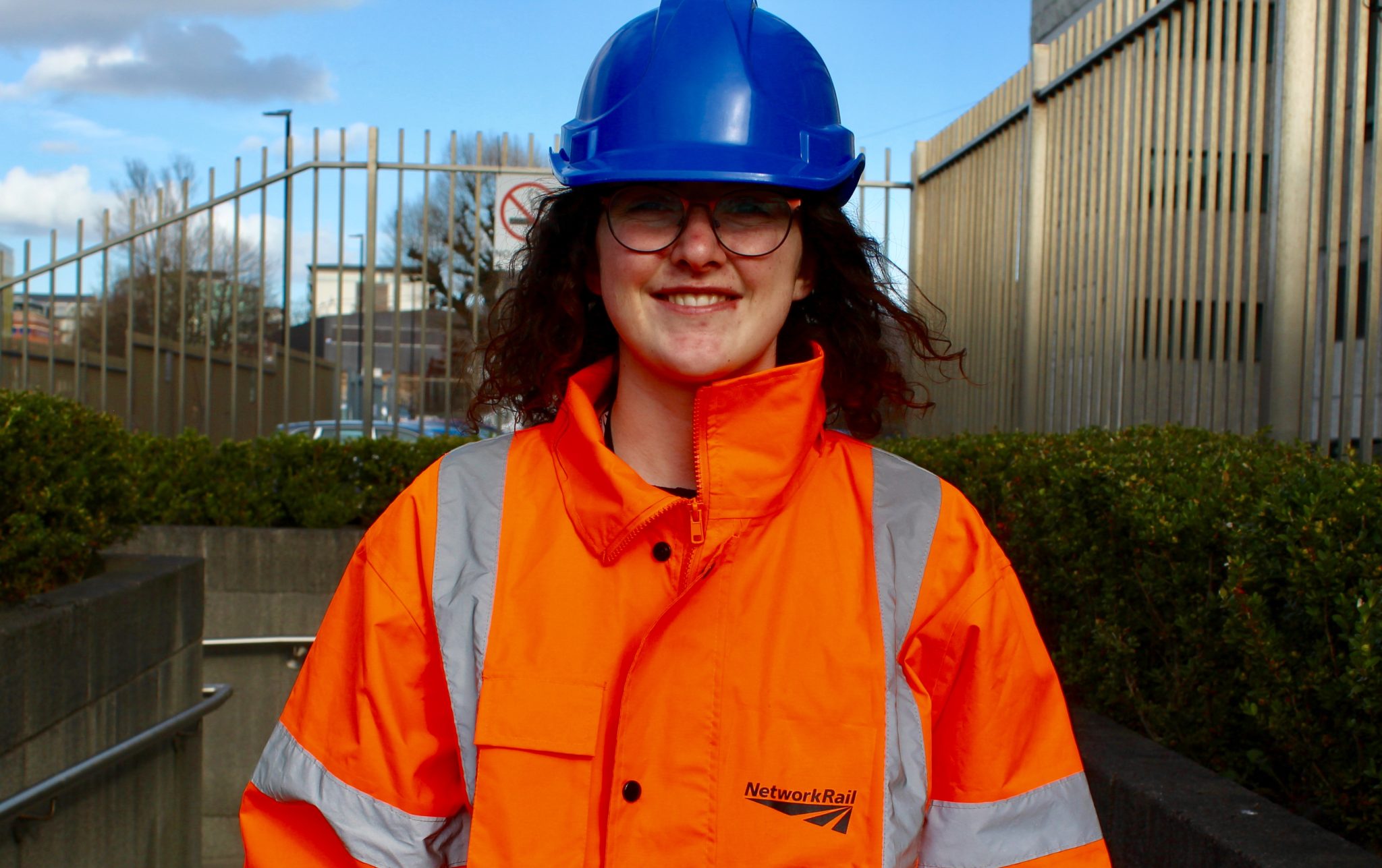
This Year’s International Women’s Day Theme
In 2019 the theme for IWD is #BalanceforBetter. The organisers of IWD 2019 said:
“Balance is not a women’s issue, it’s a business issue. The race is on for the gender-balanced boardroom, a gender-balanced government, gender-balanced media coverage, a gender-balance of employees, more gender-balance in wealth, gender-balanced sports coverage …
Gender balance is essential for economies and communities to thrive.”
Being Part of Creating a More Equal Future
Much of the data above is quite disheartening. However, it’s not as simple as saying companies aren’t hiring women and they’re the ones to blame. The problem starts at a much, much younger age. Young girls don’t think certain subjects at school are for them. Equally boys don’t think certain subjects are for them. By the time these young women reach employment age, far, far fewer women than men even apply for these roles.
If you’re not someone in a hiring position, there are still things you can do to be an ally. You can do things that will make things better for women and men. You can encourage girls and boys to explore options that society doesn’t attribute as ‘female’ and ‘male’. We have to stop thinking of stereotypically female work as less valuable. If women want to enter male-dominated professions but men have no other professions they feel they can explore, then they are much more likely to feel threatened by this development.
We can all do our bit to question and reject the constraints of gender – societal stereotypes that limit who we could be. It’s because of these stereotypes that my son recently said to me: “Mummy, a boy told me to stop doing cartwheels because he said they’re for girls.” That might just be a small example. But it’s at the root of the problems that our society faces with regards to men and women.
















